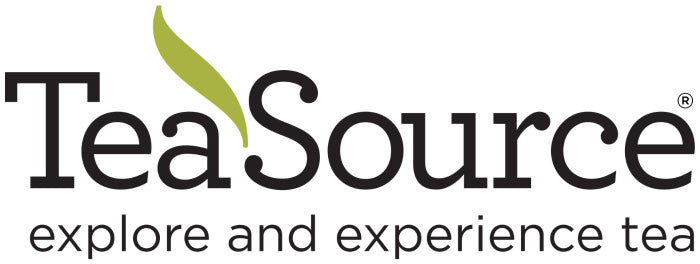Roughly pronounced “Hwong-Jin-Gwee”, it is one of two famous cultivars from Anxi county, Fujian province (the other is the far more famous Tieguanyin). Anxi wulong is a traditional form of wulong tea, so almost all Huang Jin Gui plant material is produced this way, though sometimes it is made into green tea. It has a thin leaf with a high/sharp/floral aroma that is easily released. Using it as material for black tea (as in Red Dawn) is rare. The aroma can shift from floral to honey/peach from light shaking/fermentation. Huang Jin Gui is locally known as “Huang Dan” (“yellow morning”) and is extremely important to its economy and culture. The mother bush can be found in Luo Yan village, Anxi.

There are four classic cultivars in Anxi: Tieguanyin, Huang Jin Gui, Hairy Crab, and Ben Shan – but the first two are the most revered. Each cultivar has specific characteristics that make it more/less desirable depending on your goals. It’s generally accepted that Tieguanyin can produce the highest quality tea, but is the most difficult to work with. Ben shan is similar to Tieguanyin, but easier to plant/manage and has better output. However, it has less potential for great outcomes.
Huang Jin Gui, noted for its aroma, has been hybridized many times, particularly with Tieguanyin, to produce plants that will meet desired goals, these include Jin Guanyin, Huang Guanyin, Jin Mu Dan, Yellow Rose, and Purple Rose. Each version has its strengths and weaknesses and certain unique characteristics that make it desirable – depending on your goals.
Click here to view our Huang Jin Gui teas.
Click here to view our Tieguanyin teas.
